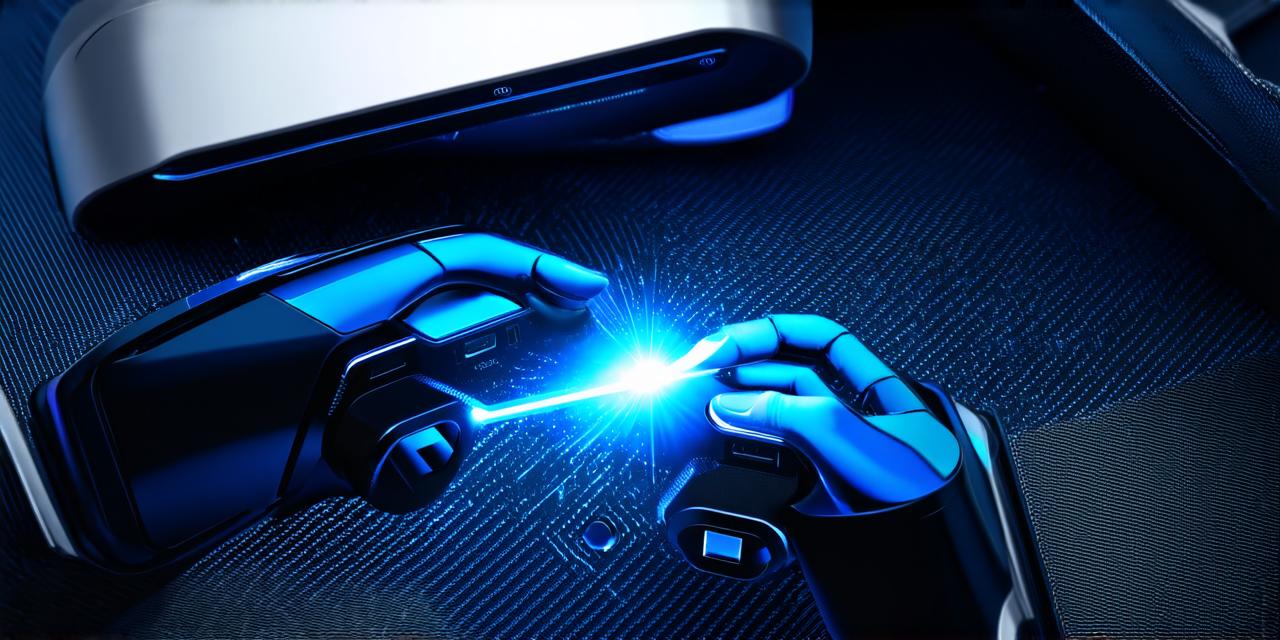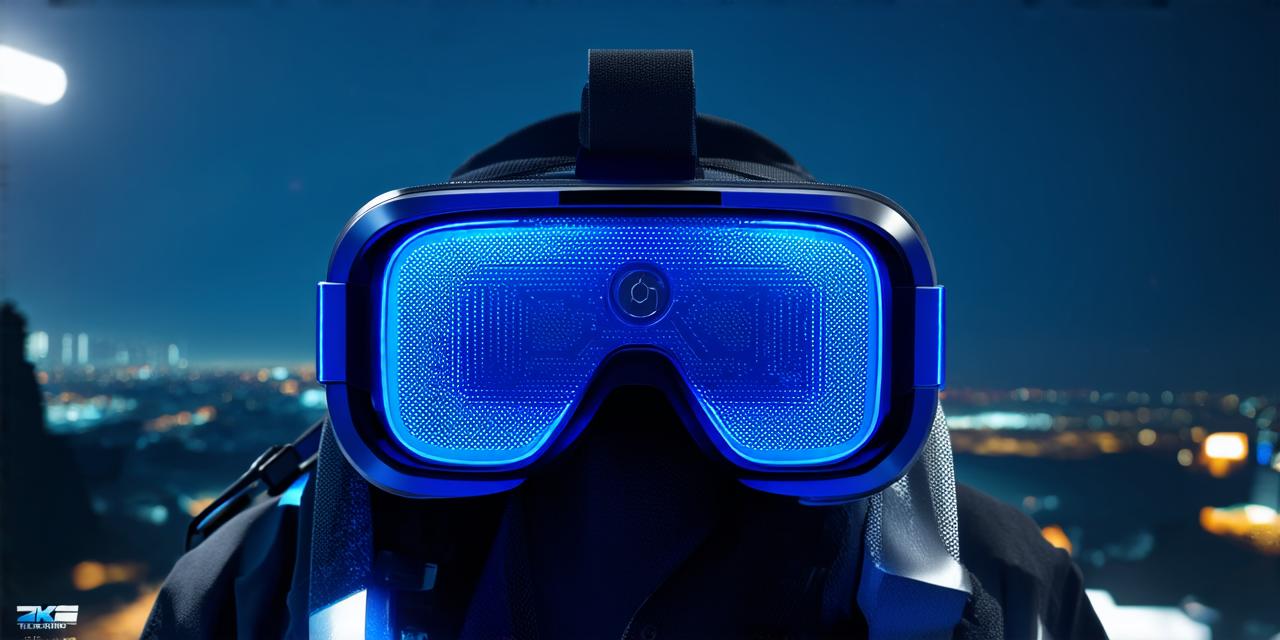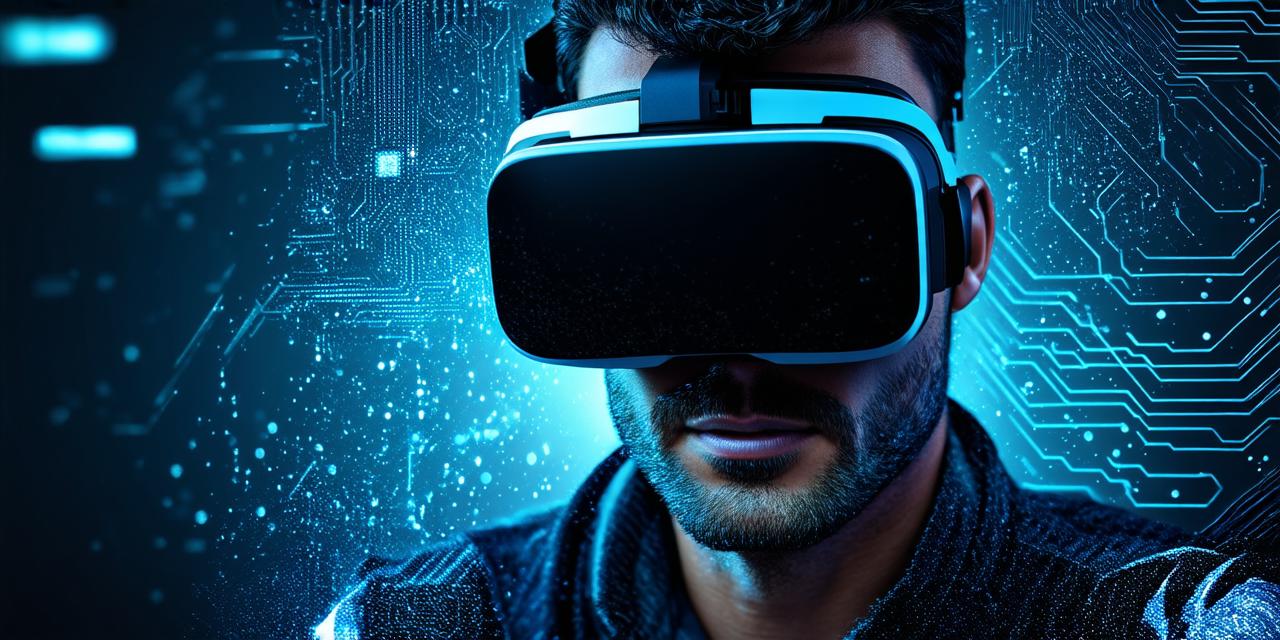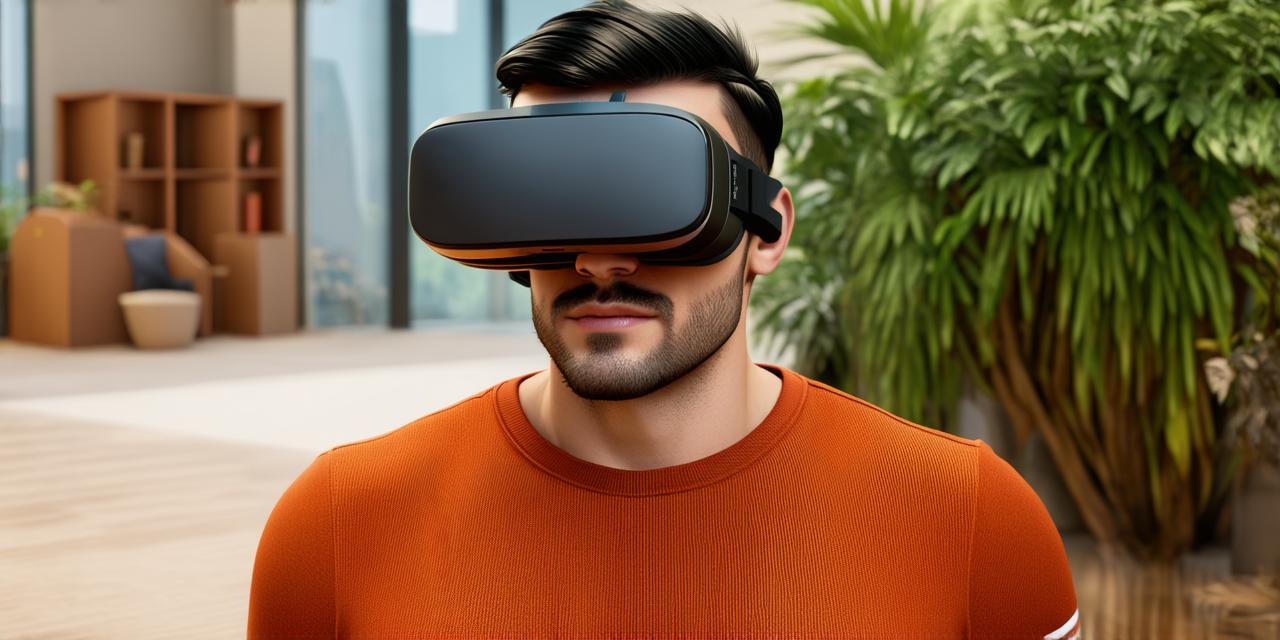Understanding the VR Controller
Virtual reality technology has revolutionized the way we experience entertainment, work, and play. One of the most important components of a virtual reality setup is the controller. In this article, we will provide you with a comprehensive guide on how to operate a virtual reality controller.
Connecting Your Controller
The first step in operating your virtual reality controller is to connect it to your computer or gaming console. Depending on the device, you may need to use a USB cable, Bluetooth, or Wi-Fi connection to establish a connection with the controller. Once connected, the controller should be recognized by the VR software and appear as an input device in the system settings.

Exploring the Controller Layout
The layout of your virtual reality controller may vary depending on the device you are using, but most controllers share some common elements. The most important buttons and controls include:
- Joystick: This is typically located at the top of the controller and allows you to move and interact with objects in the virtual world. You can use the joystick to aim a weapon, navigate through menus, or perform other actions.
- Triggers: These are usually located on the sides of the controller and allow you to activate certain functions, such as firing a weapon or activating a special ability.
- Buttons: Most controllers include several buttons that allow you to interact with the virtual world. These may include a home button, a select button, and other action buttons.
Moving and Interacting in VR
Now that you understand the layout of your controller, it’s time to start moving and interacting in the virtual world. Here are some tips to help you get started:
- Use the joystick to move around the virtual world. You can move forward, backward, left, or right by tilting the joystick in the appropriate direction.
- Activate actions by using the triggers and buttons on the controller. For example, to shoot a weapon, you may need to press the trigger while aiming with the joystick.
- Interact with objects in the virtual world by pressing the buttons on the controller. You may use these buttons to open doors, activate switches, or perform other actions.
Advanced Controls
Most virtual reality controllers include advanced controls that allow you to customize your experience. Here are some examples:
- Gesture recognition: Some controllers include gesture recognition capabilities that allow you to control certain functions using hand gestures. For example, you may be able to wave your hand to dismiss a menu or point to an object to select it.
- Voice commands: Many virtual reality systems support voice commands, which allows you to interact with the virtual world using your voice. You may be able to say “open door” or “shoot” to perform certain actions.
- Motion tracking: Some controllers include motion tracking capabilities that allow you to track your movements in real-time. This can be useful for more advanced VR applications, such as flight simulation or sports training.
Summary
Virtual reality technology is rapidly advancing, and new controllers are being developed all the time.



